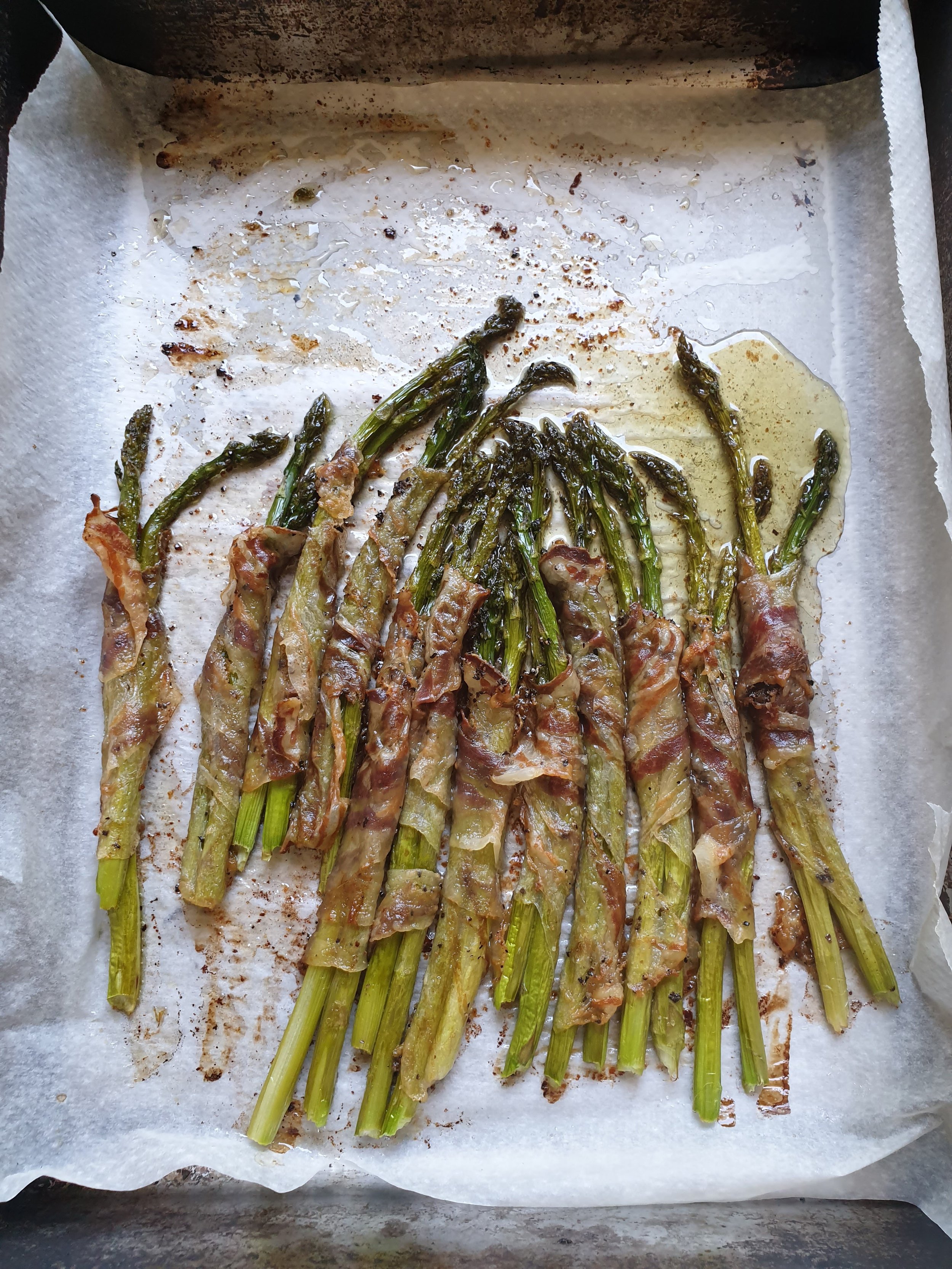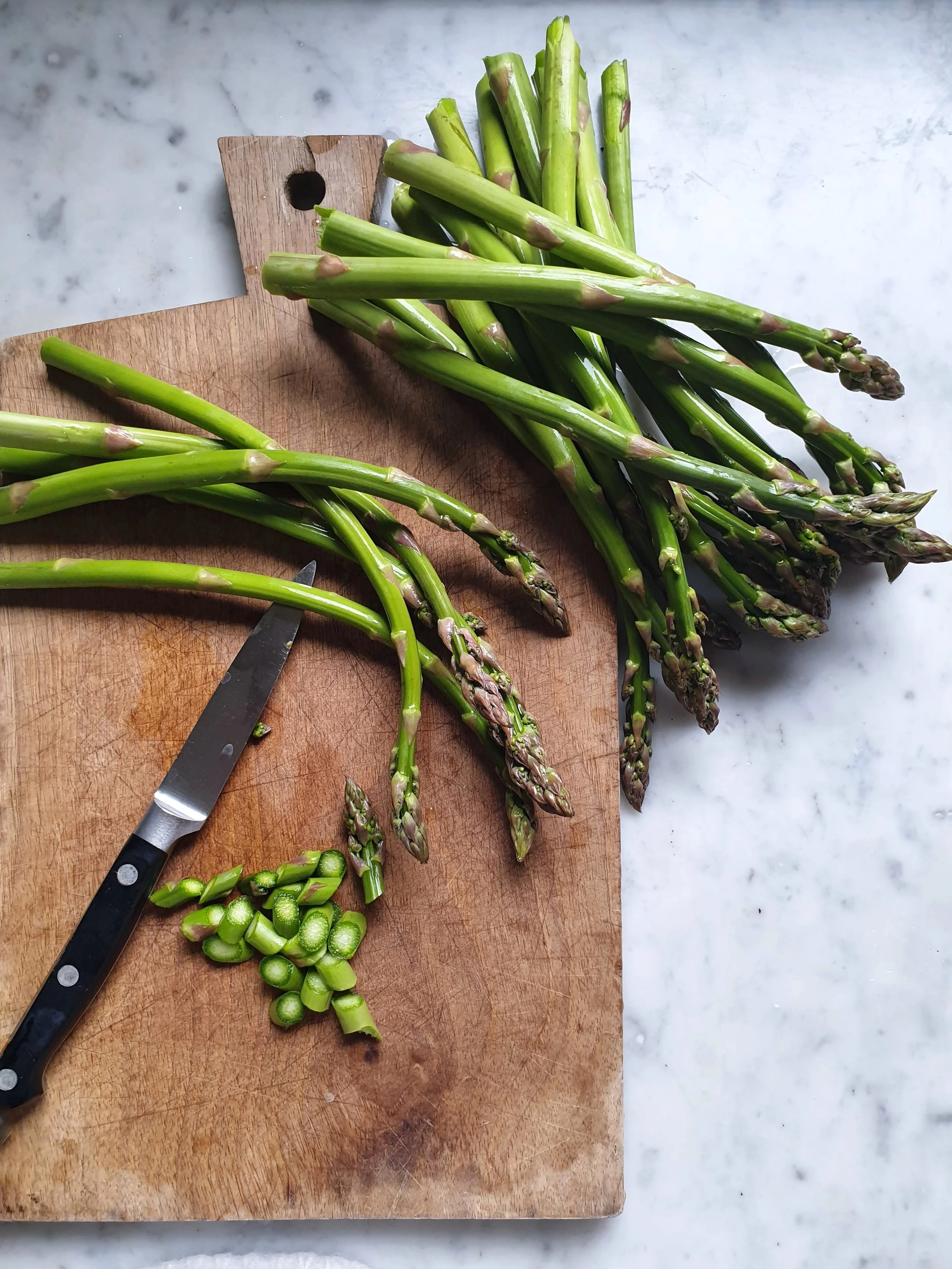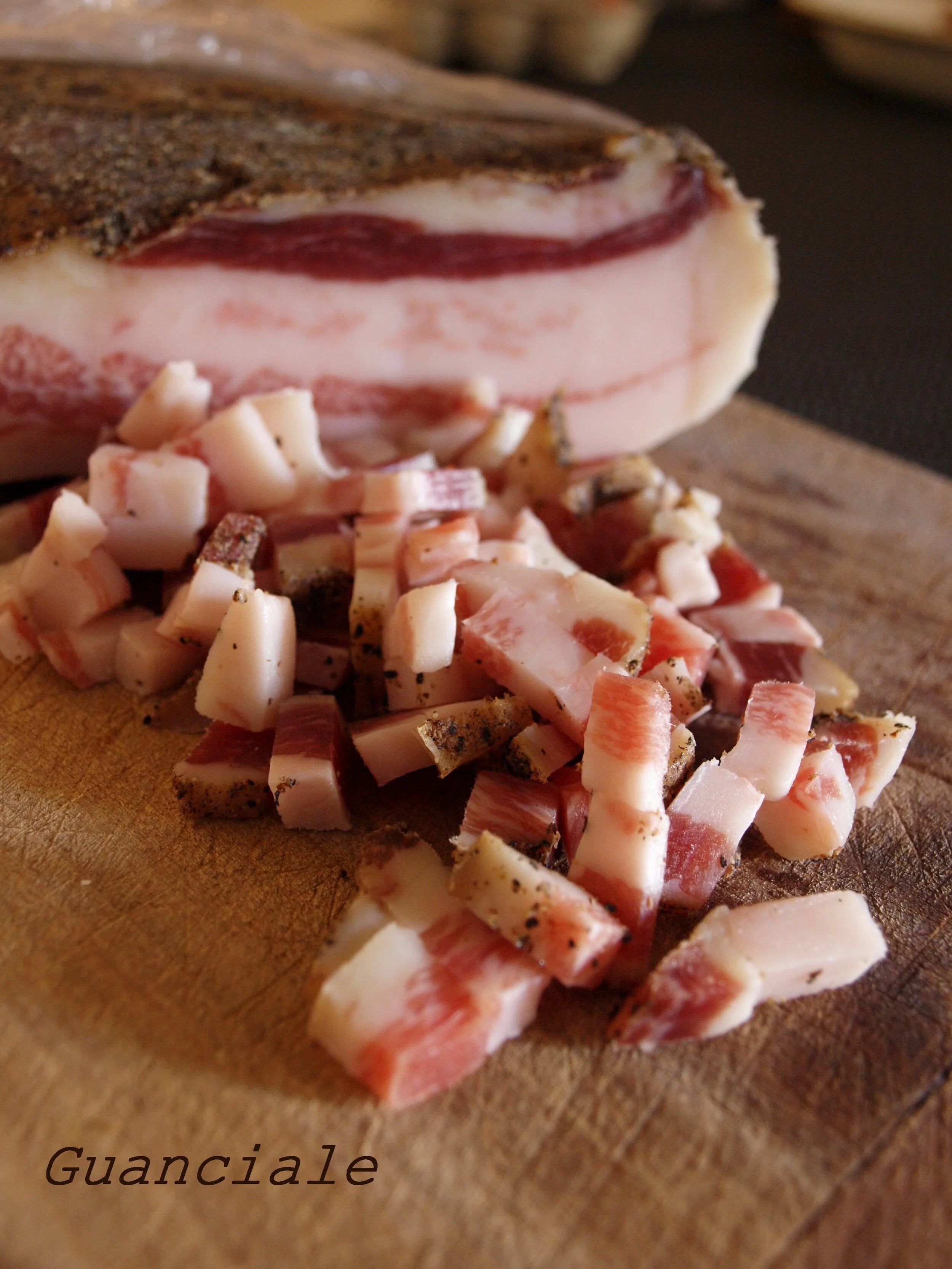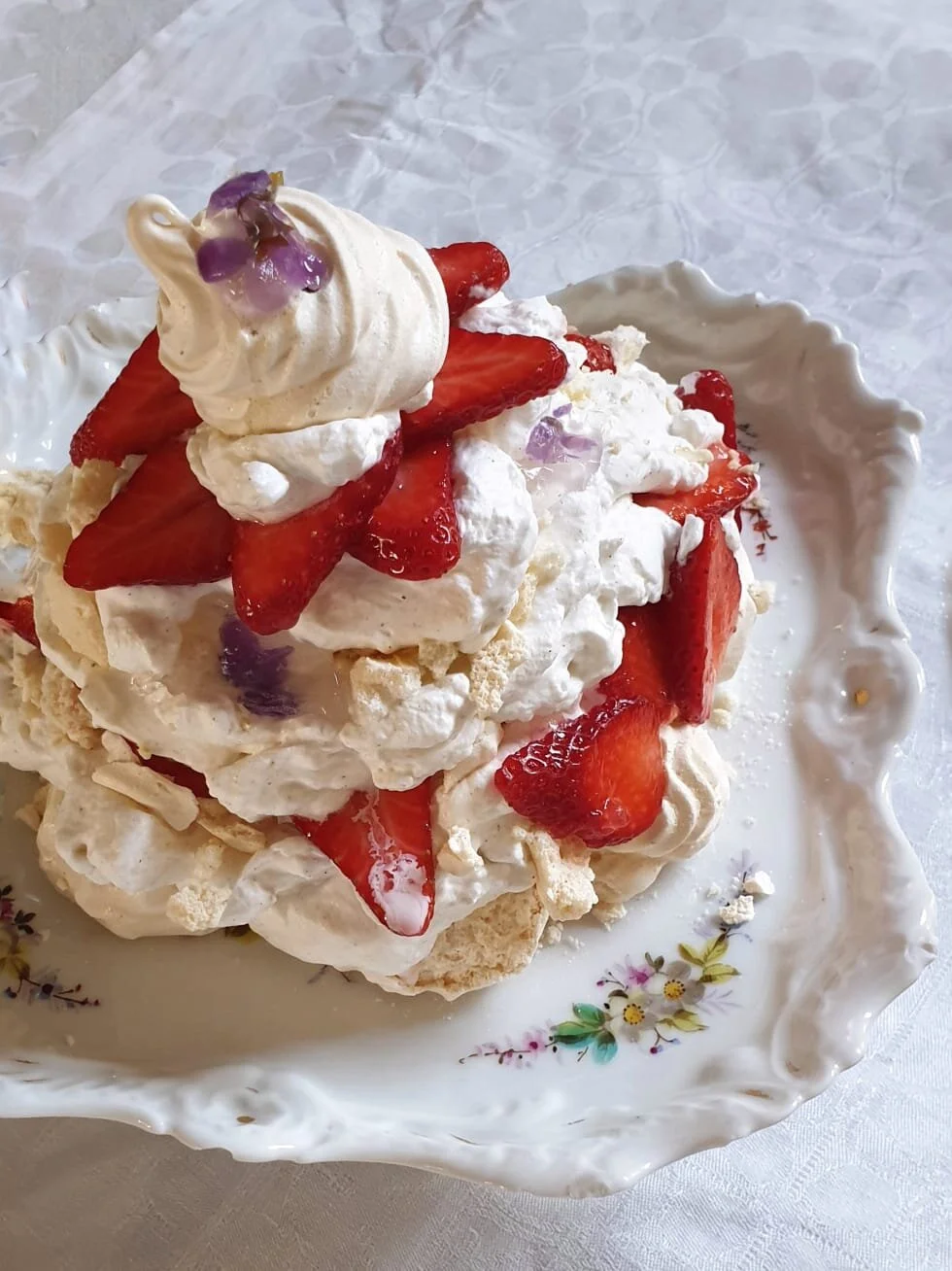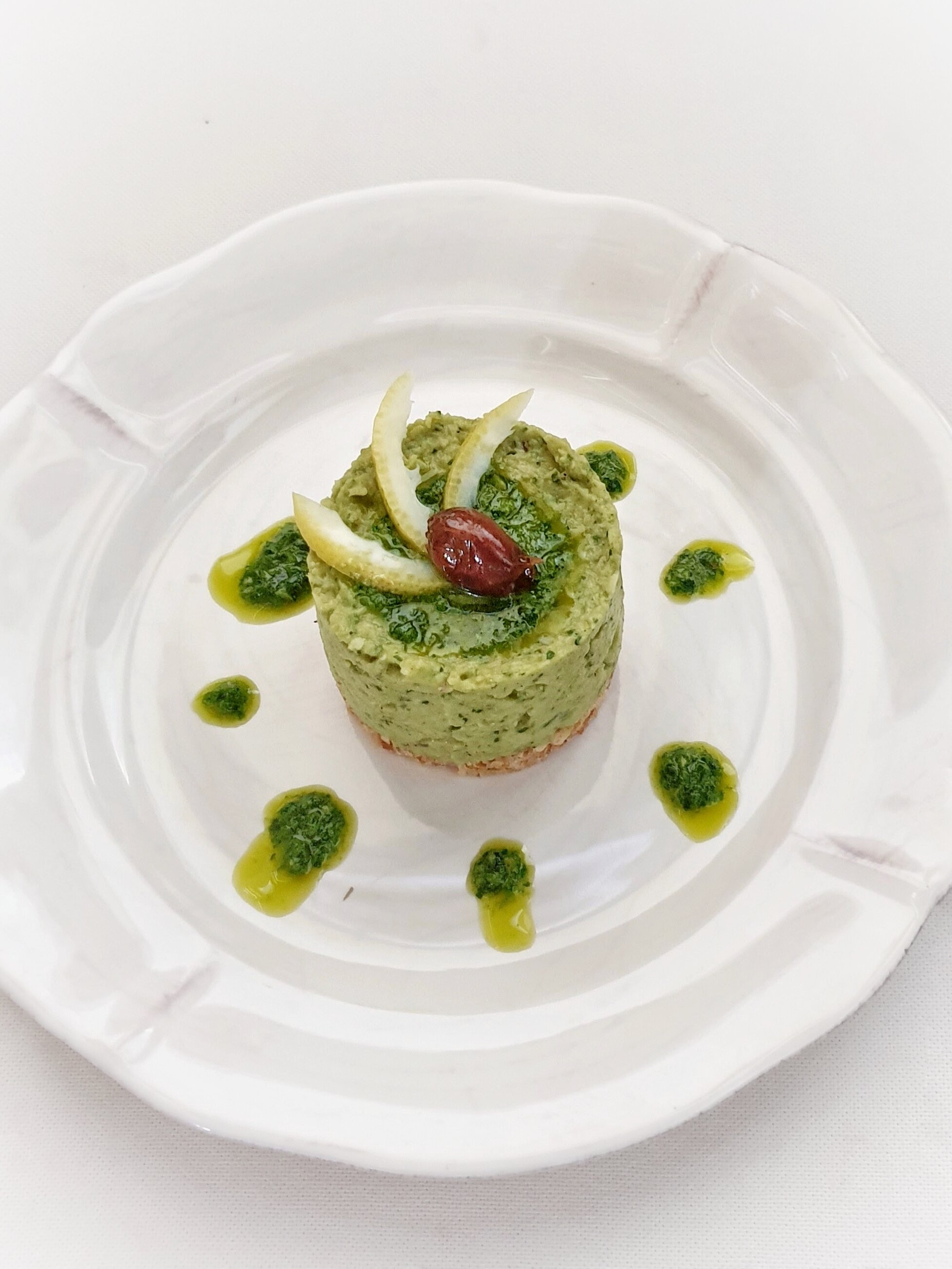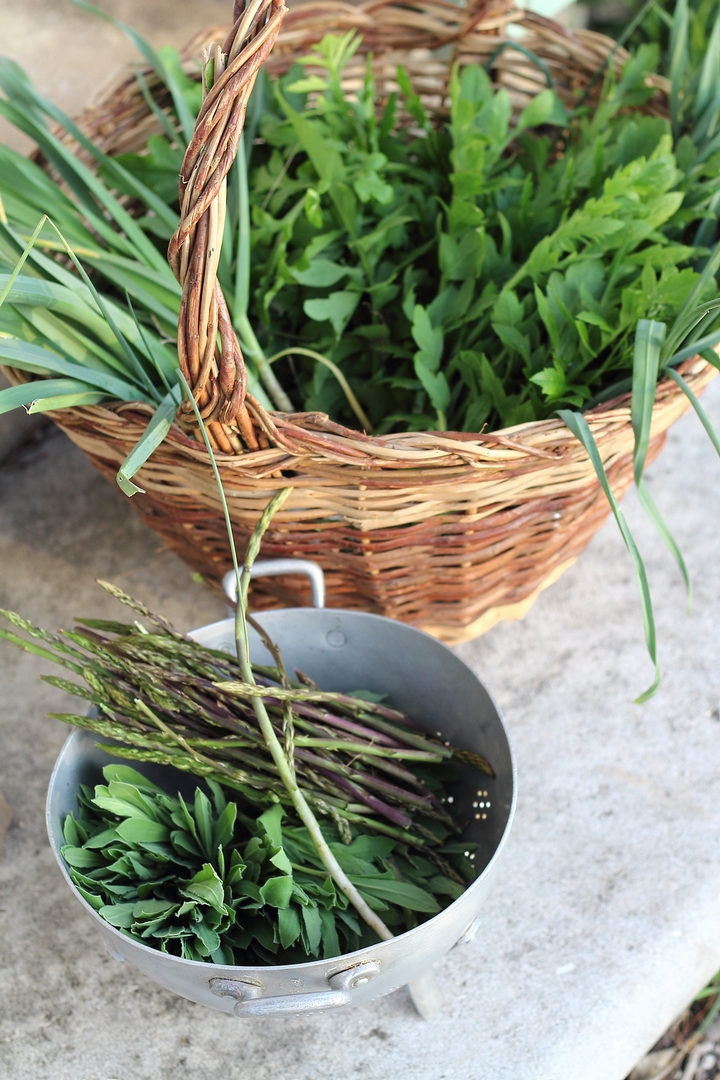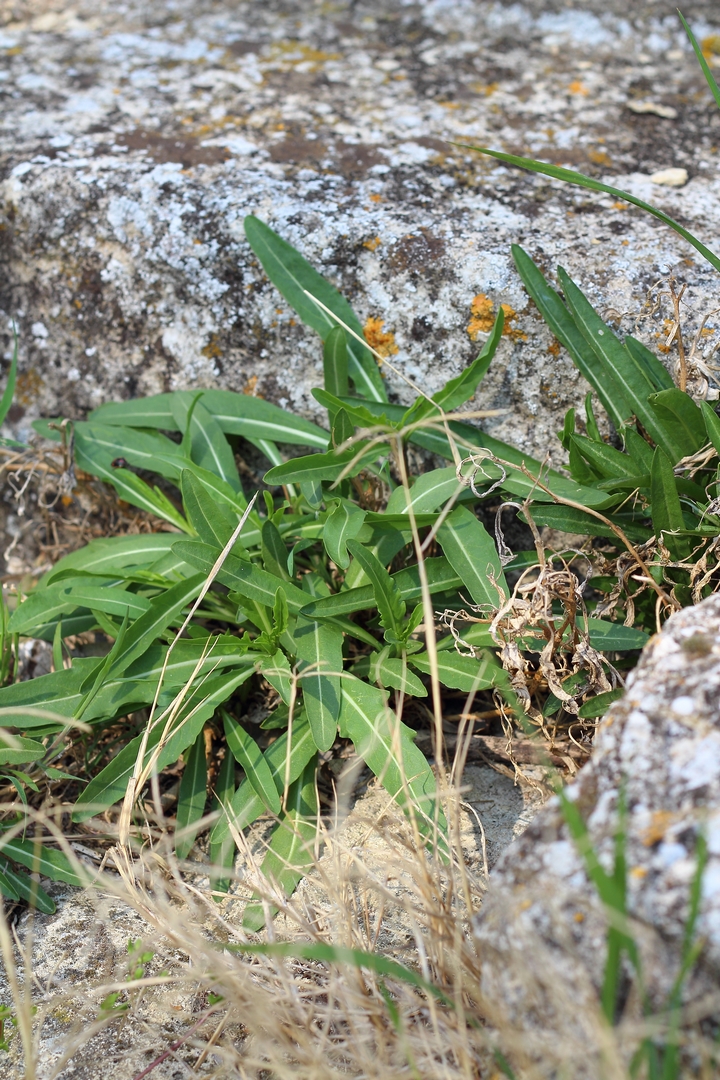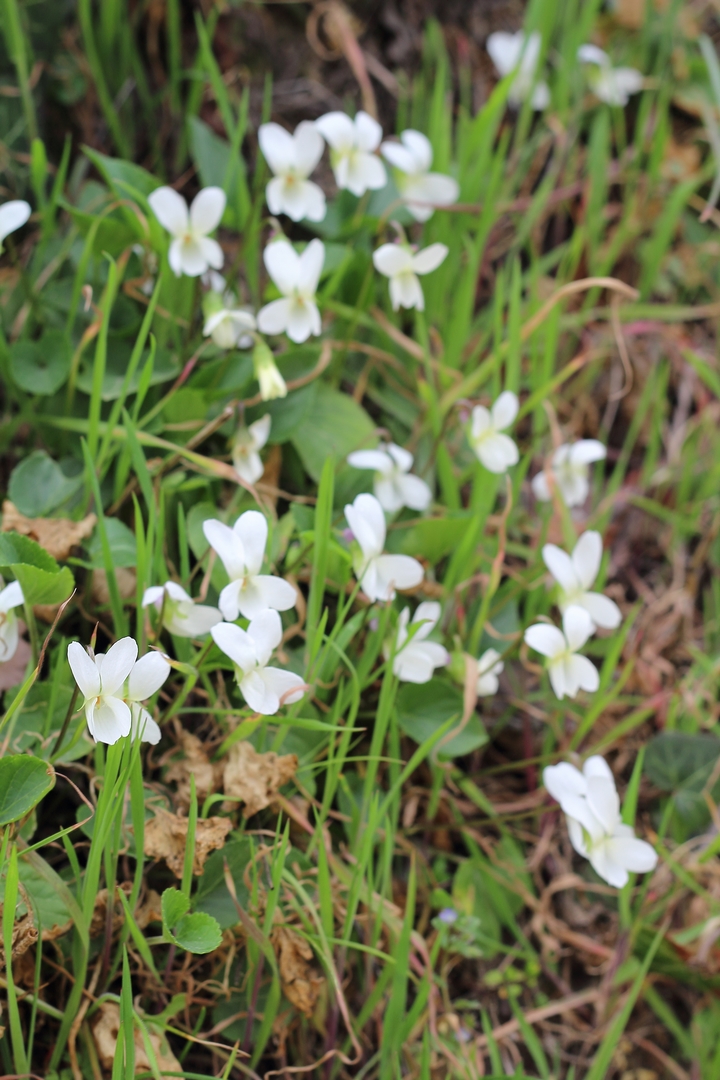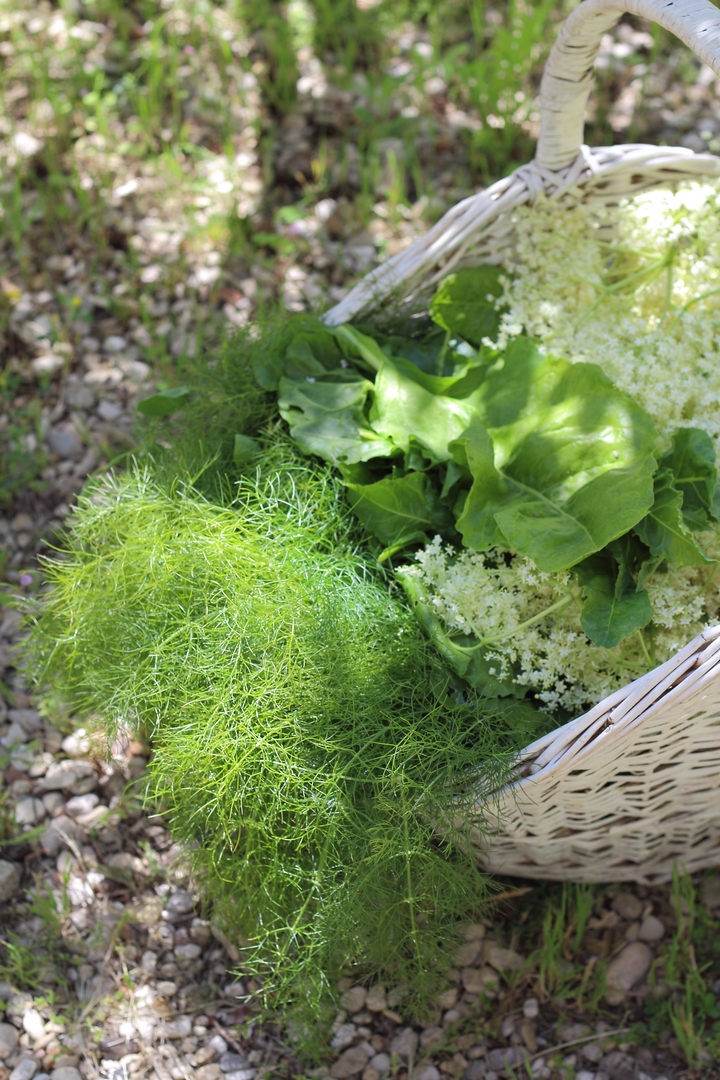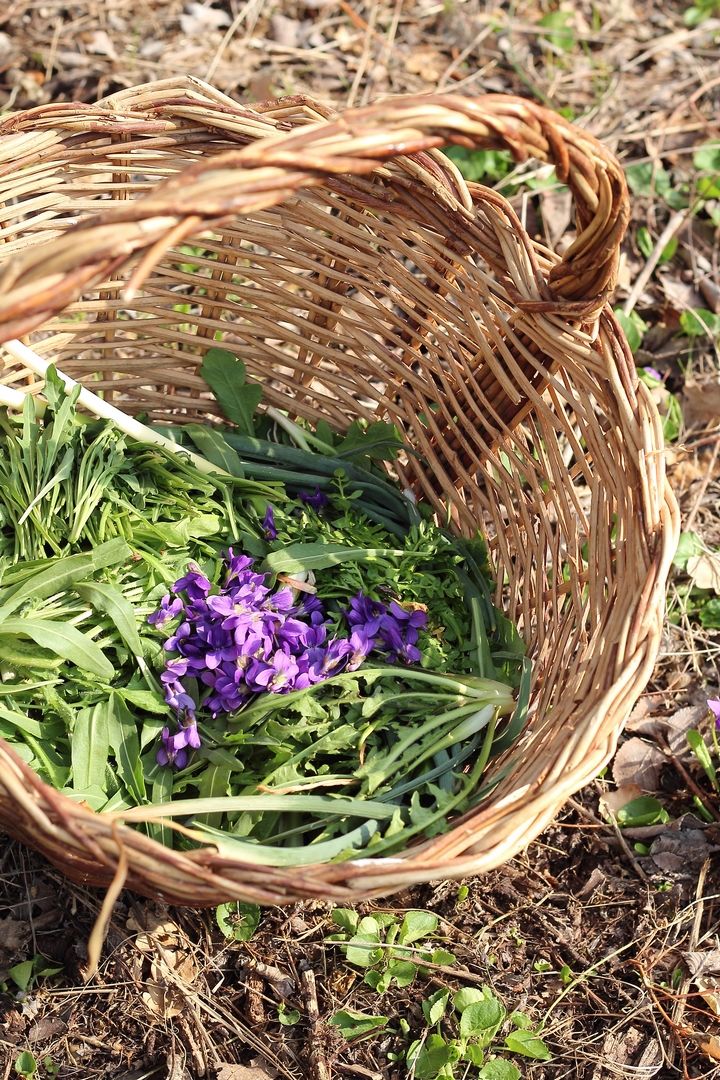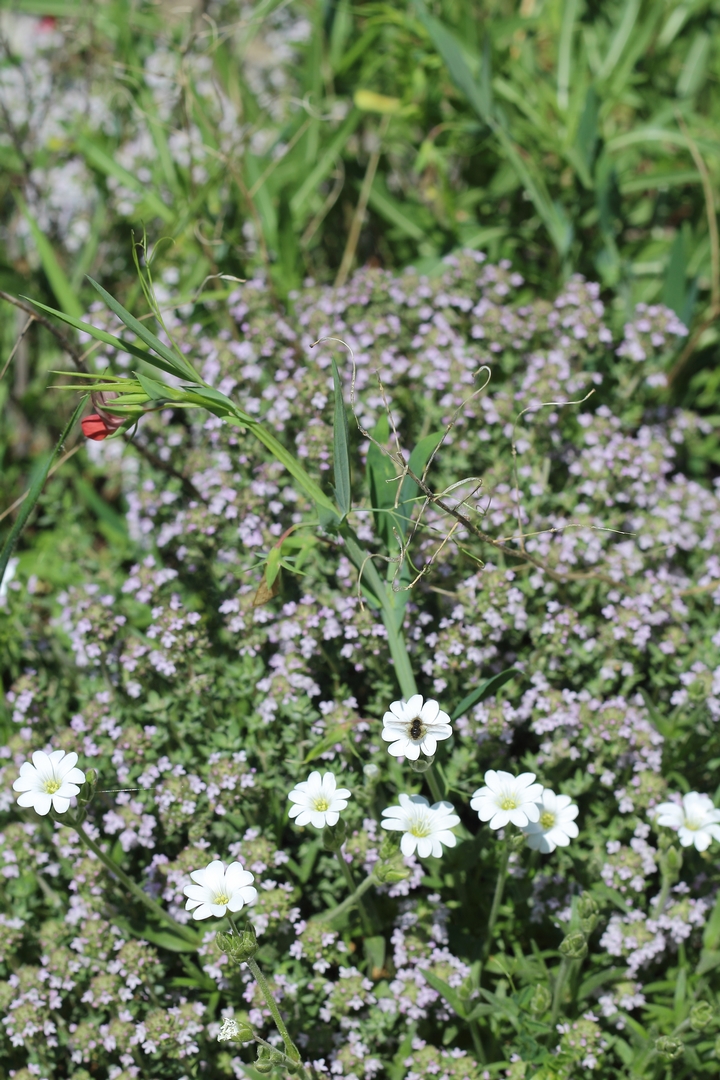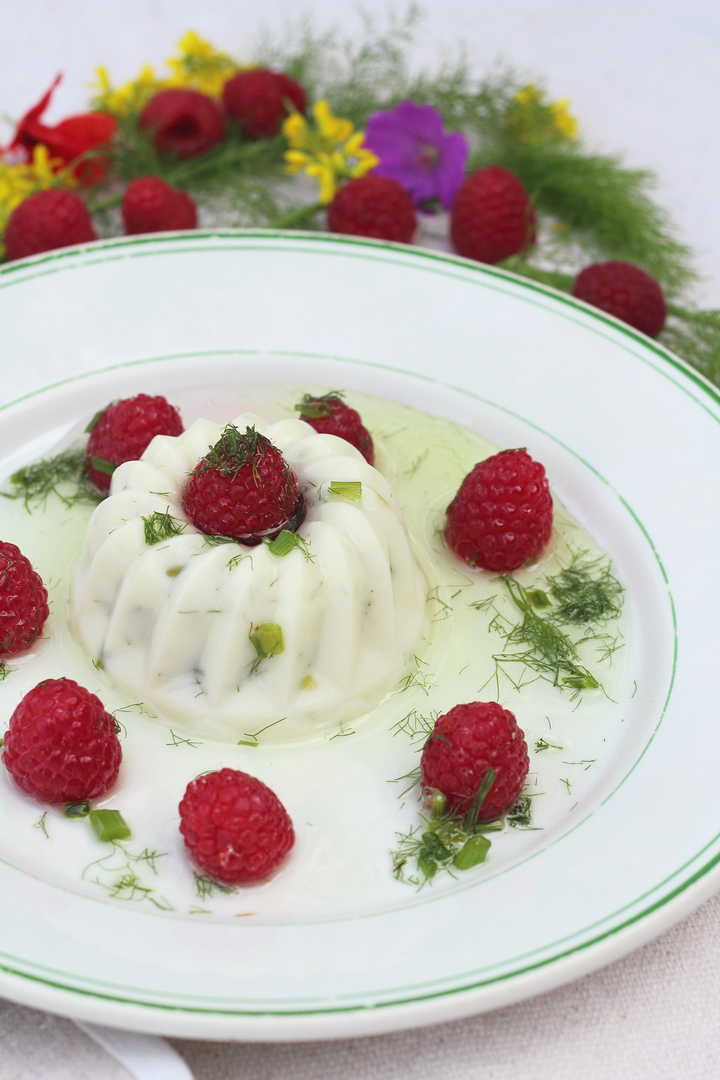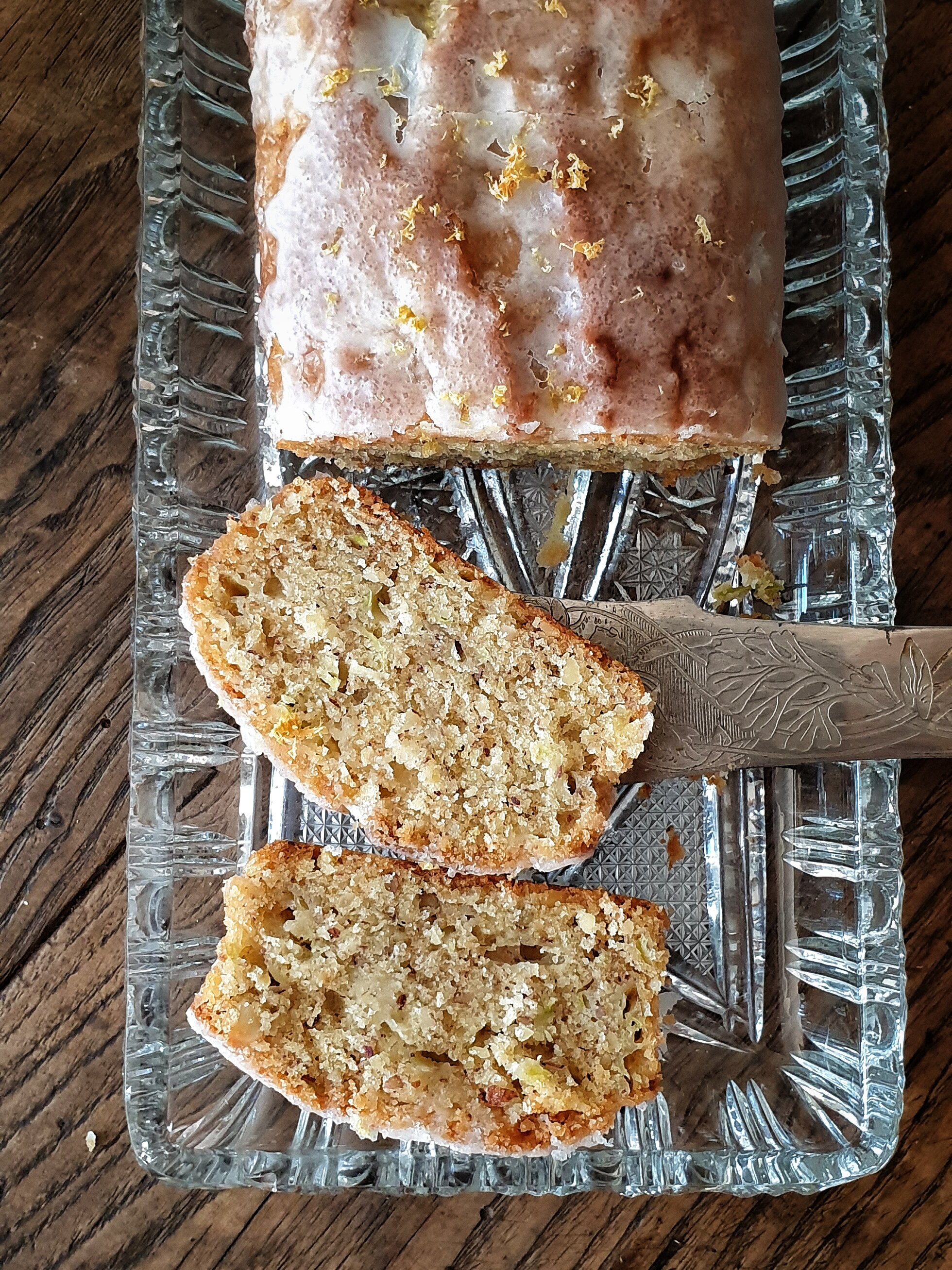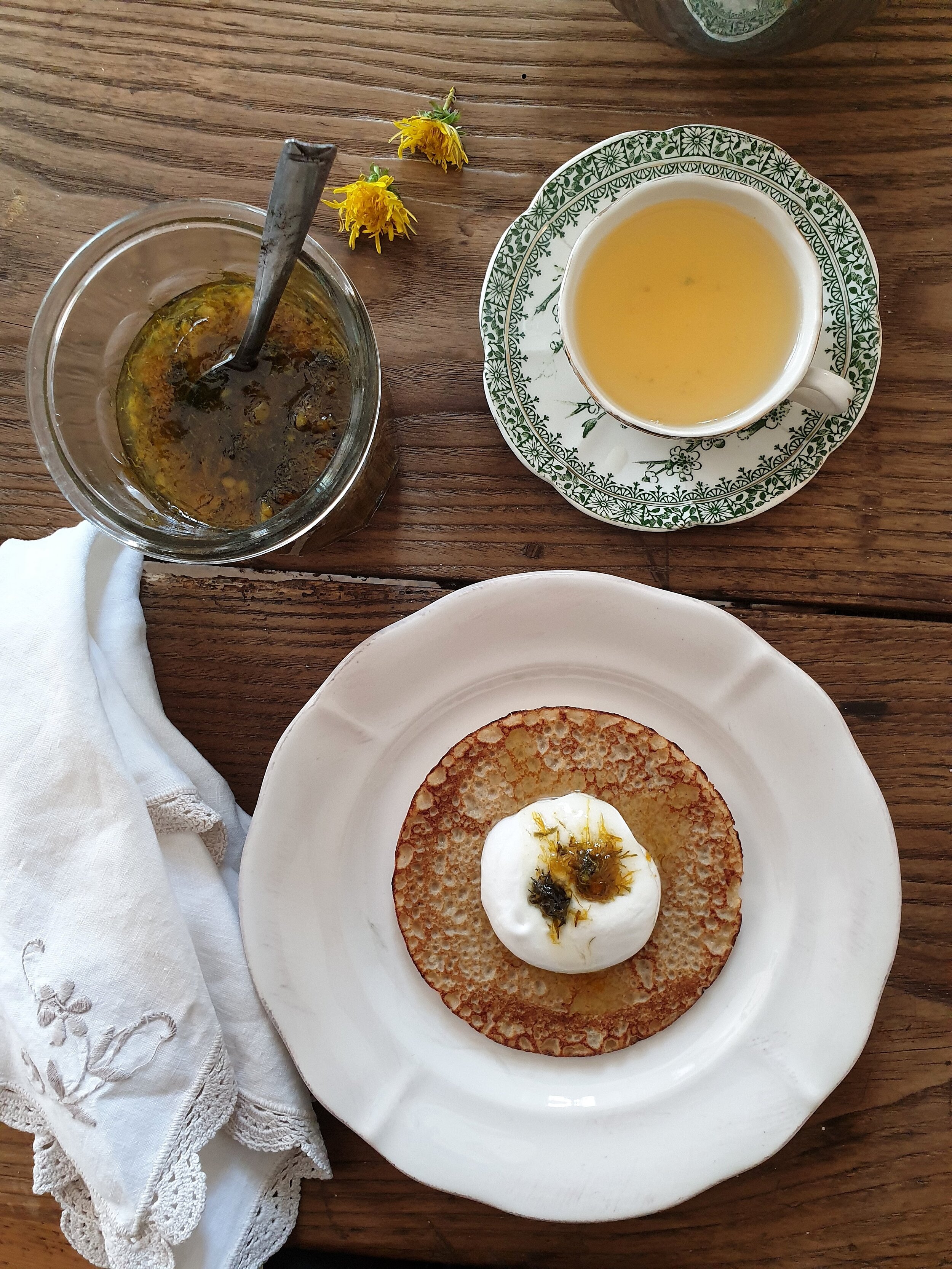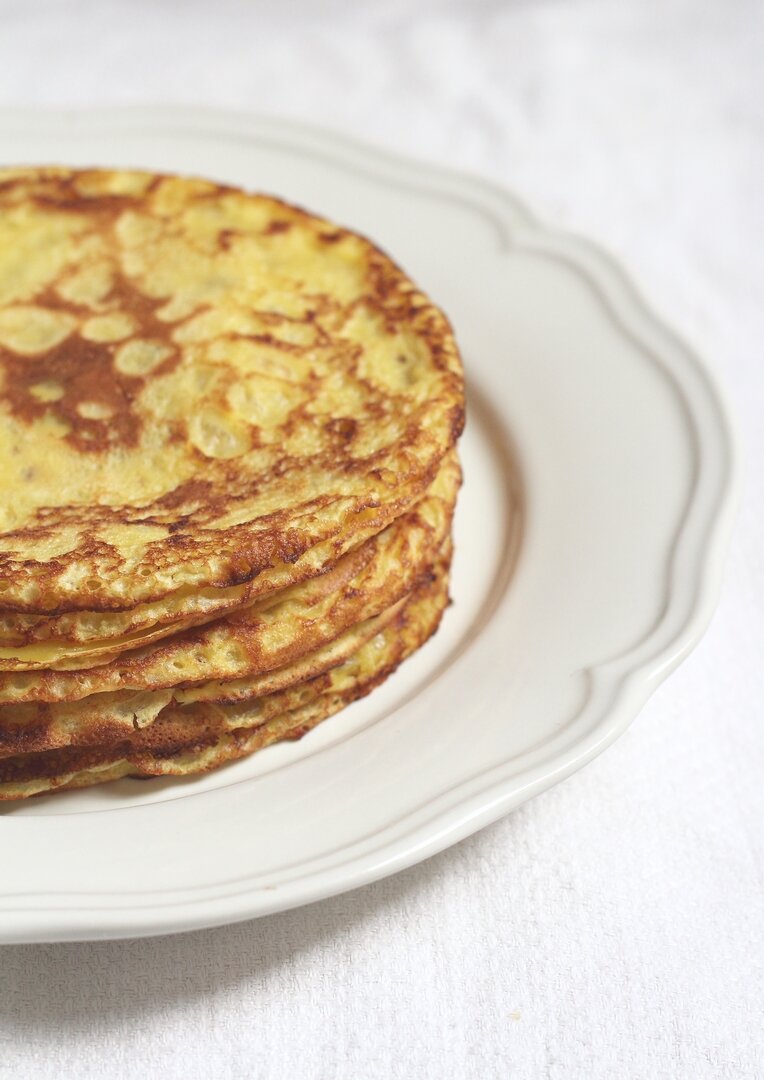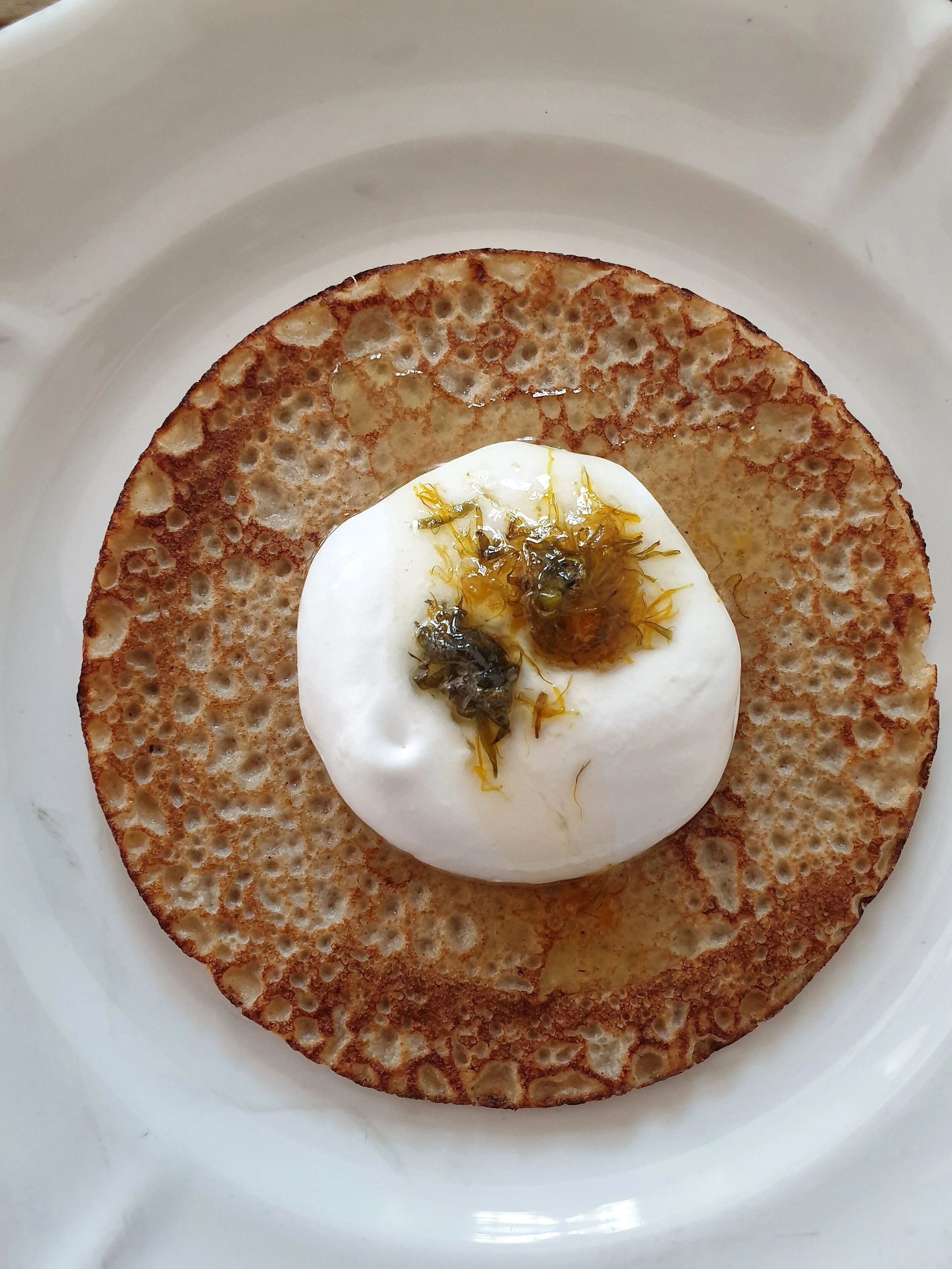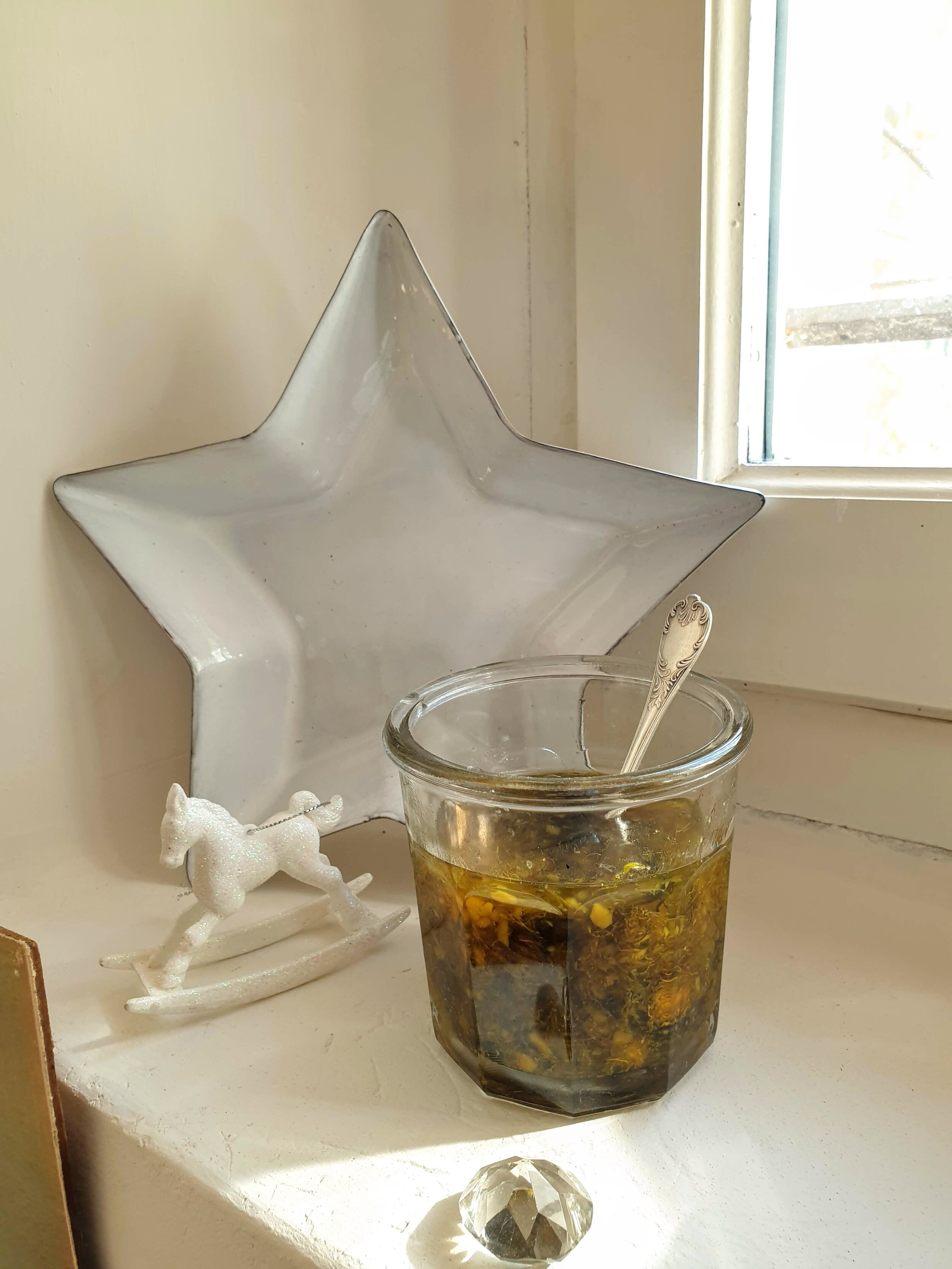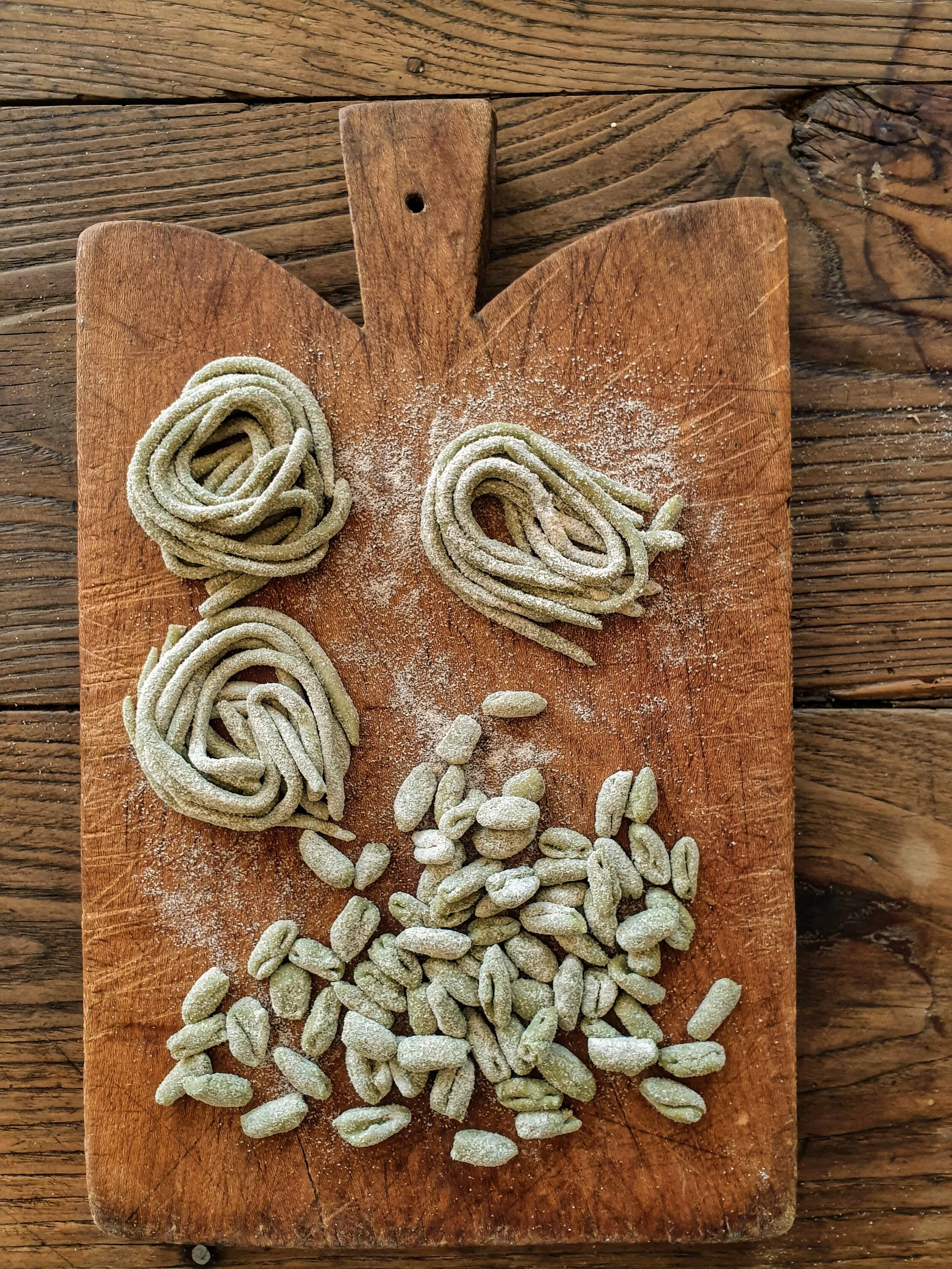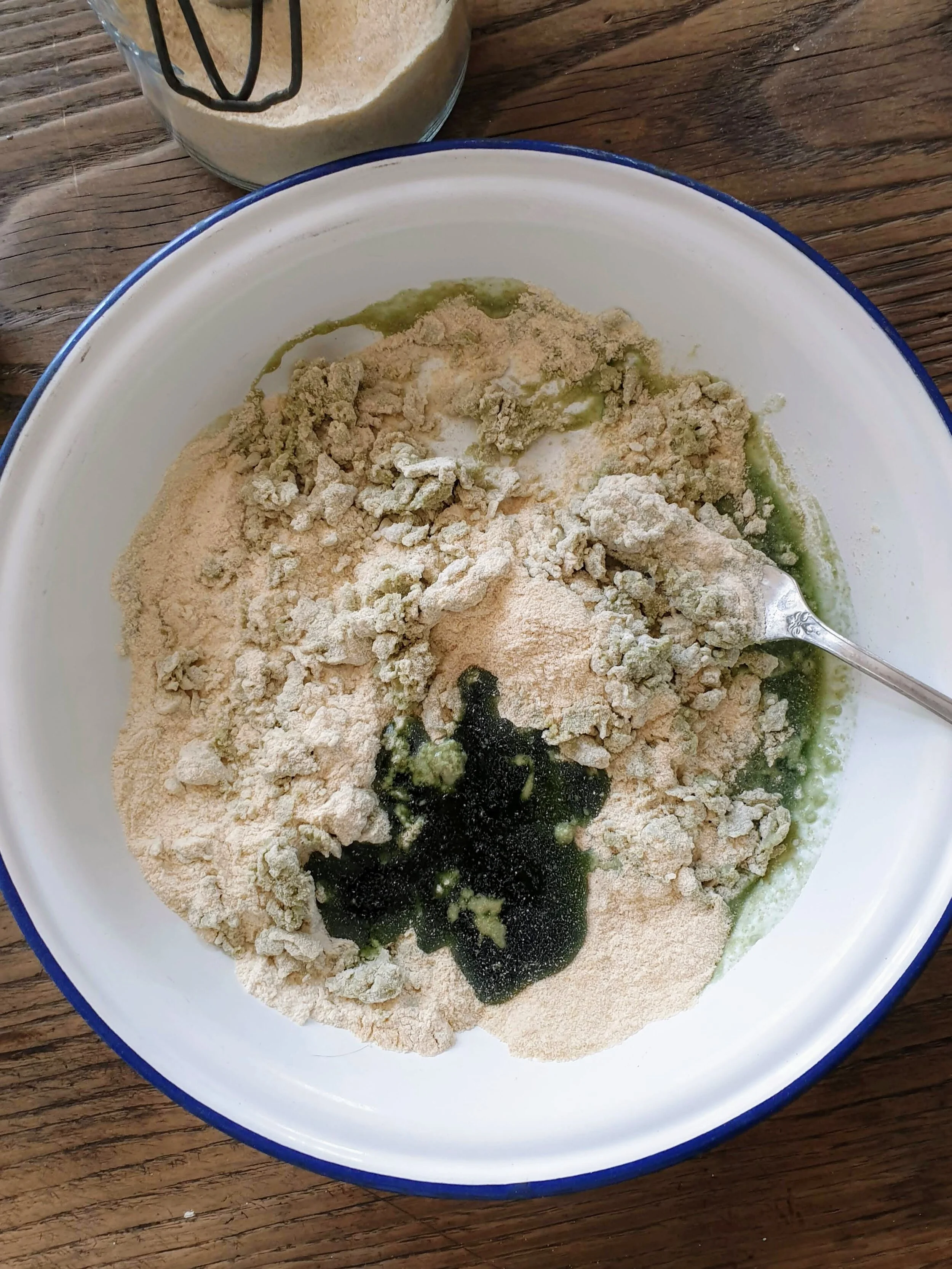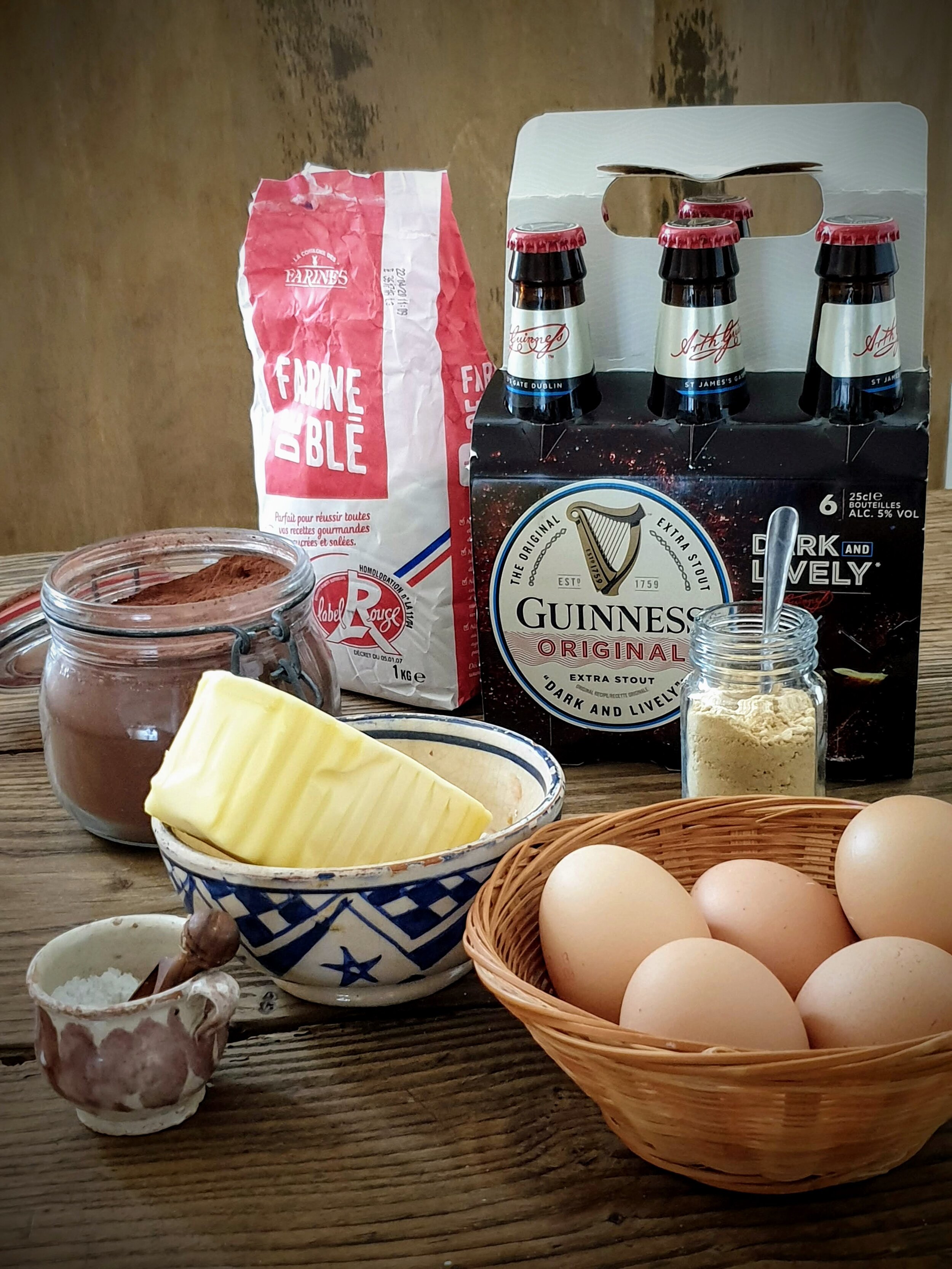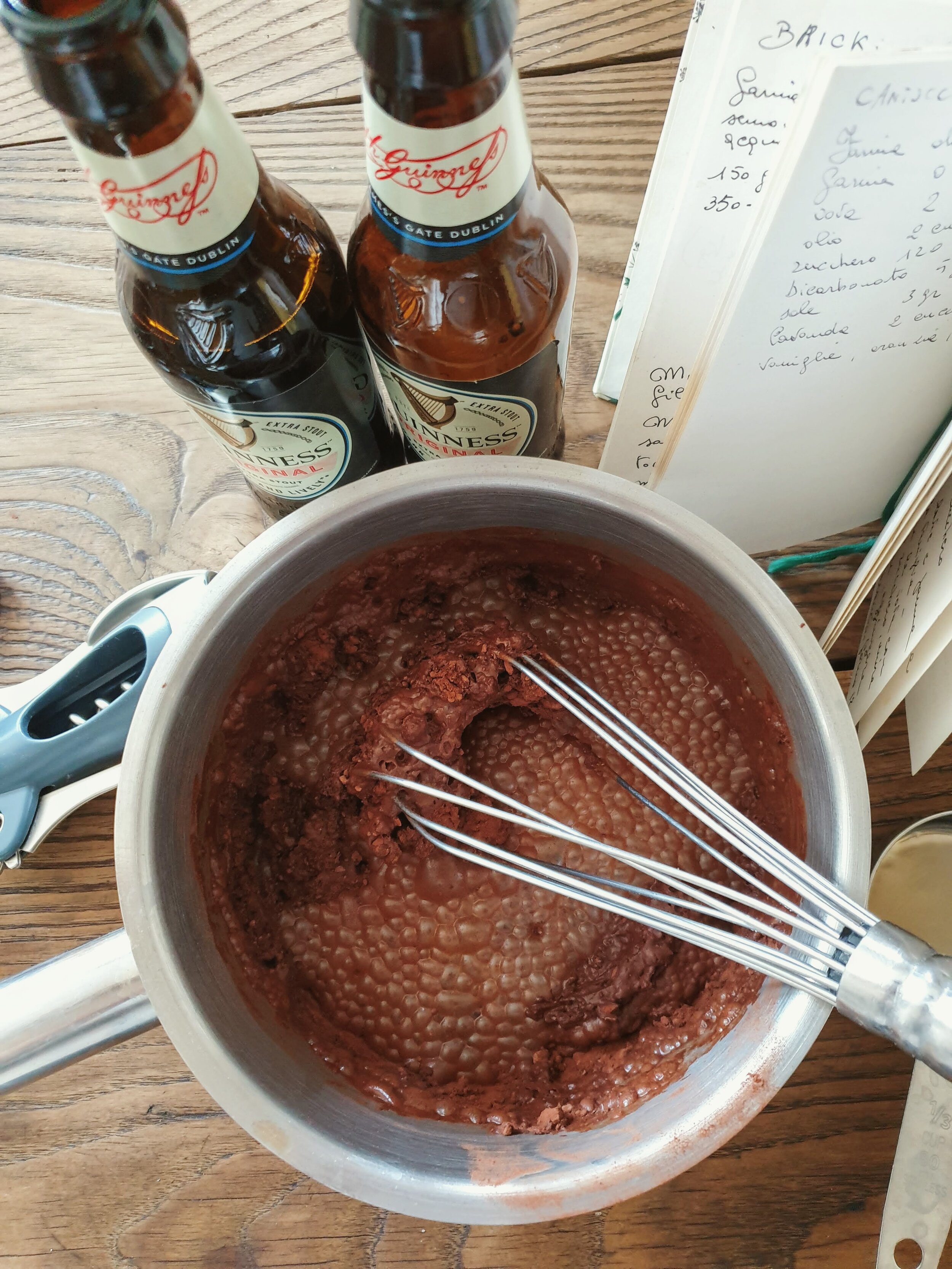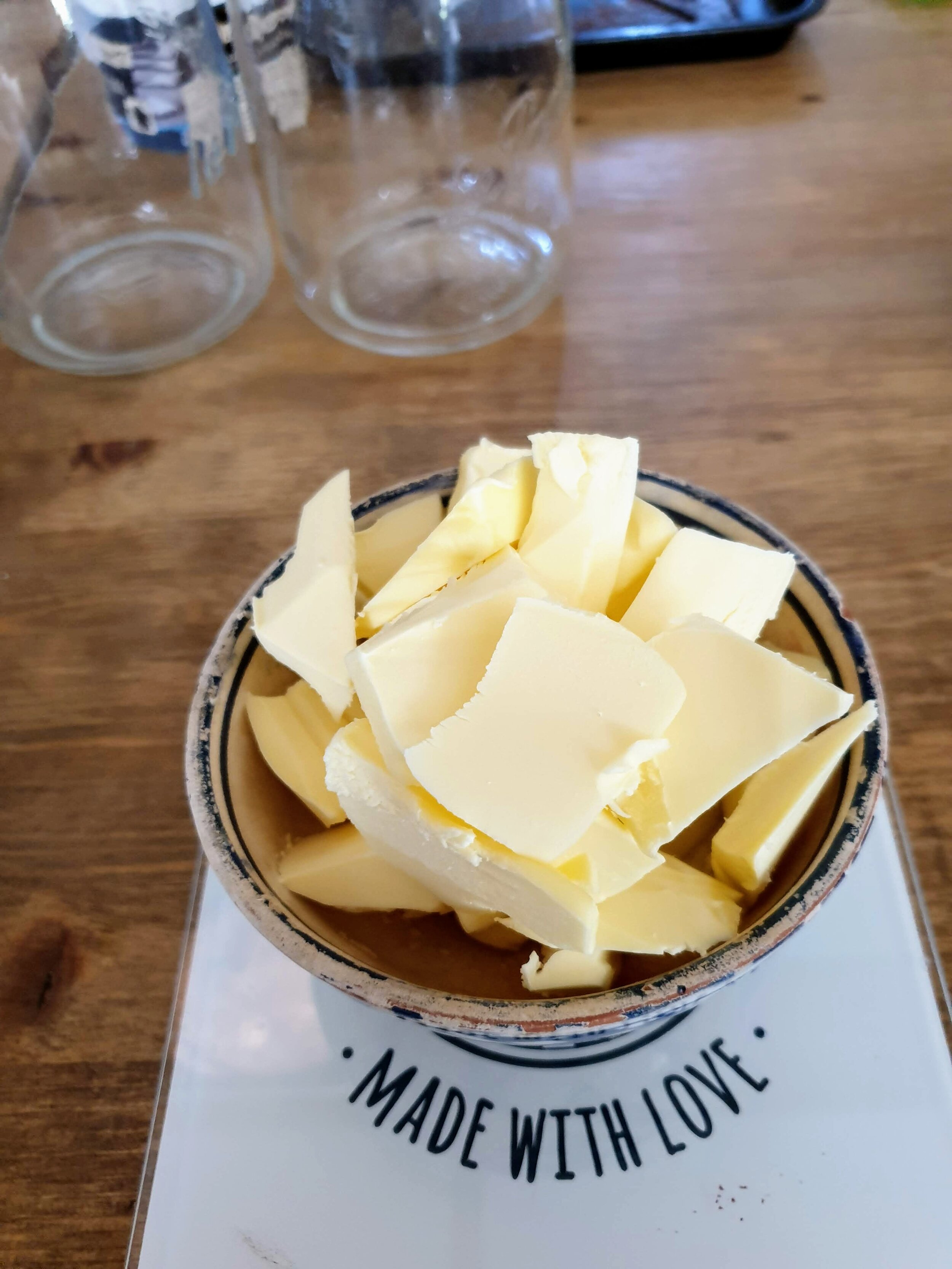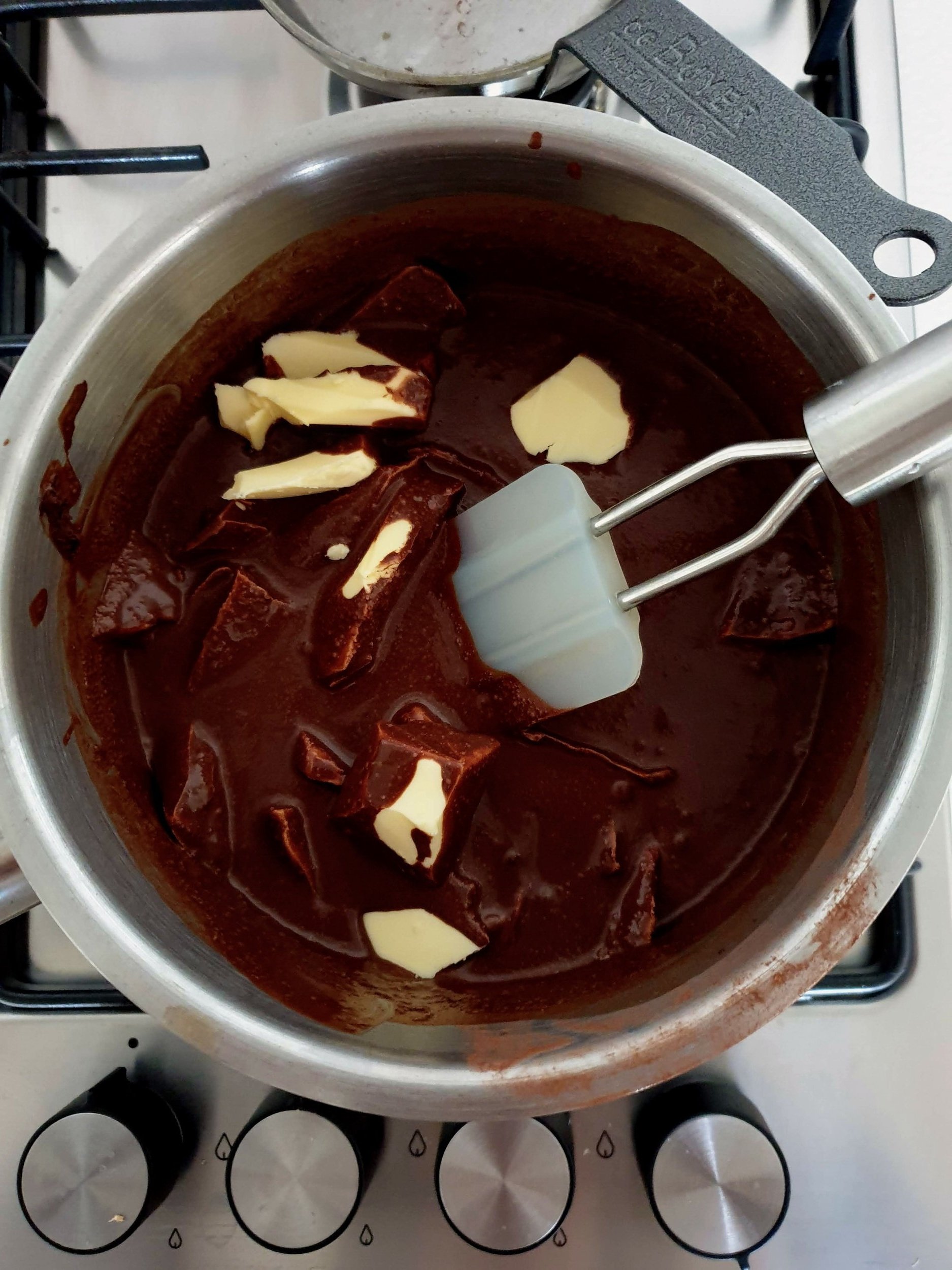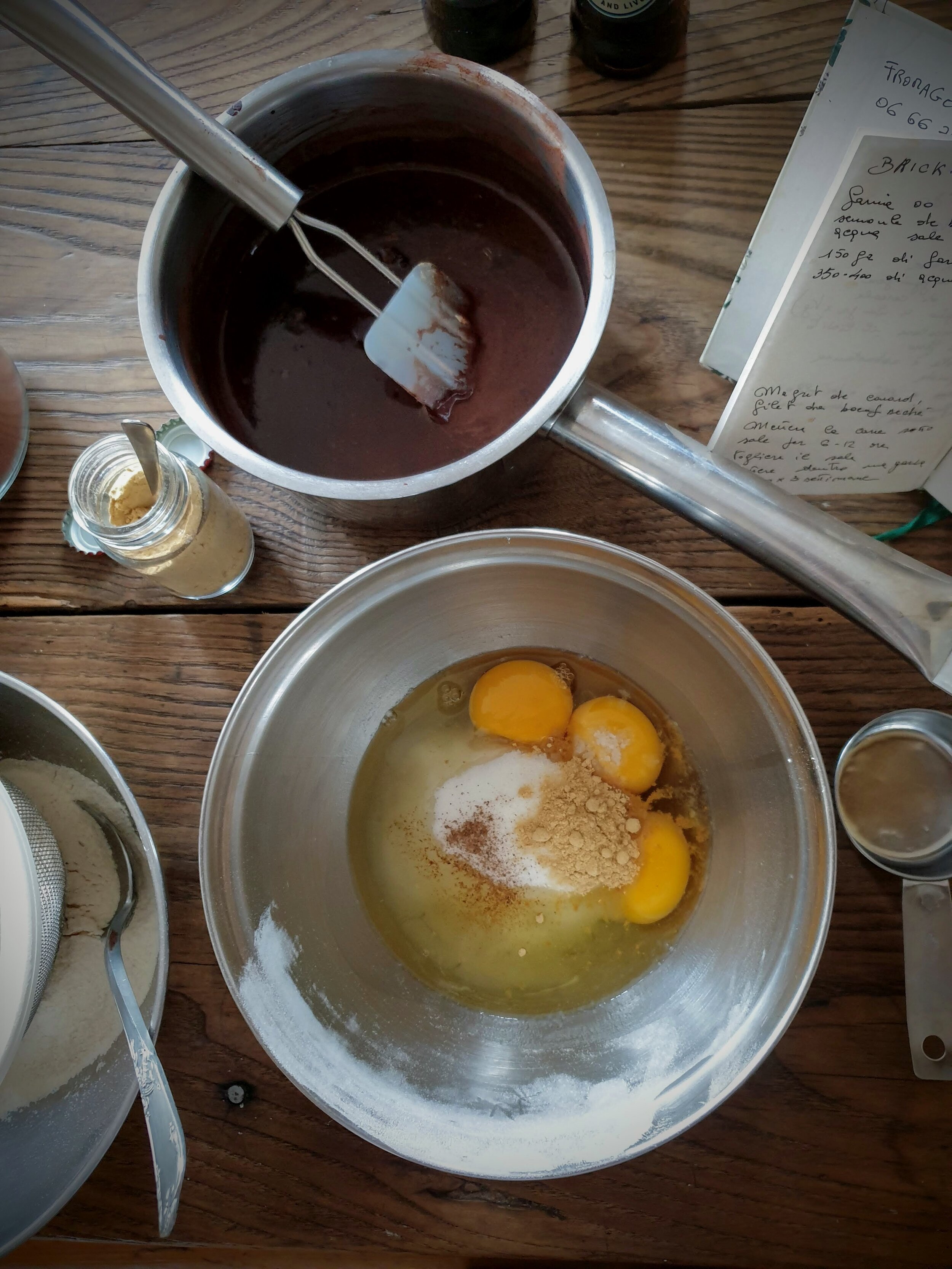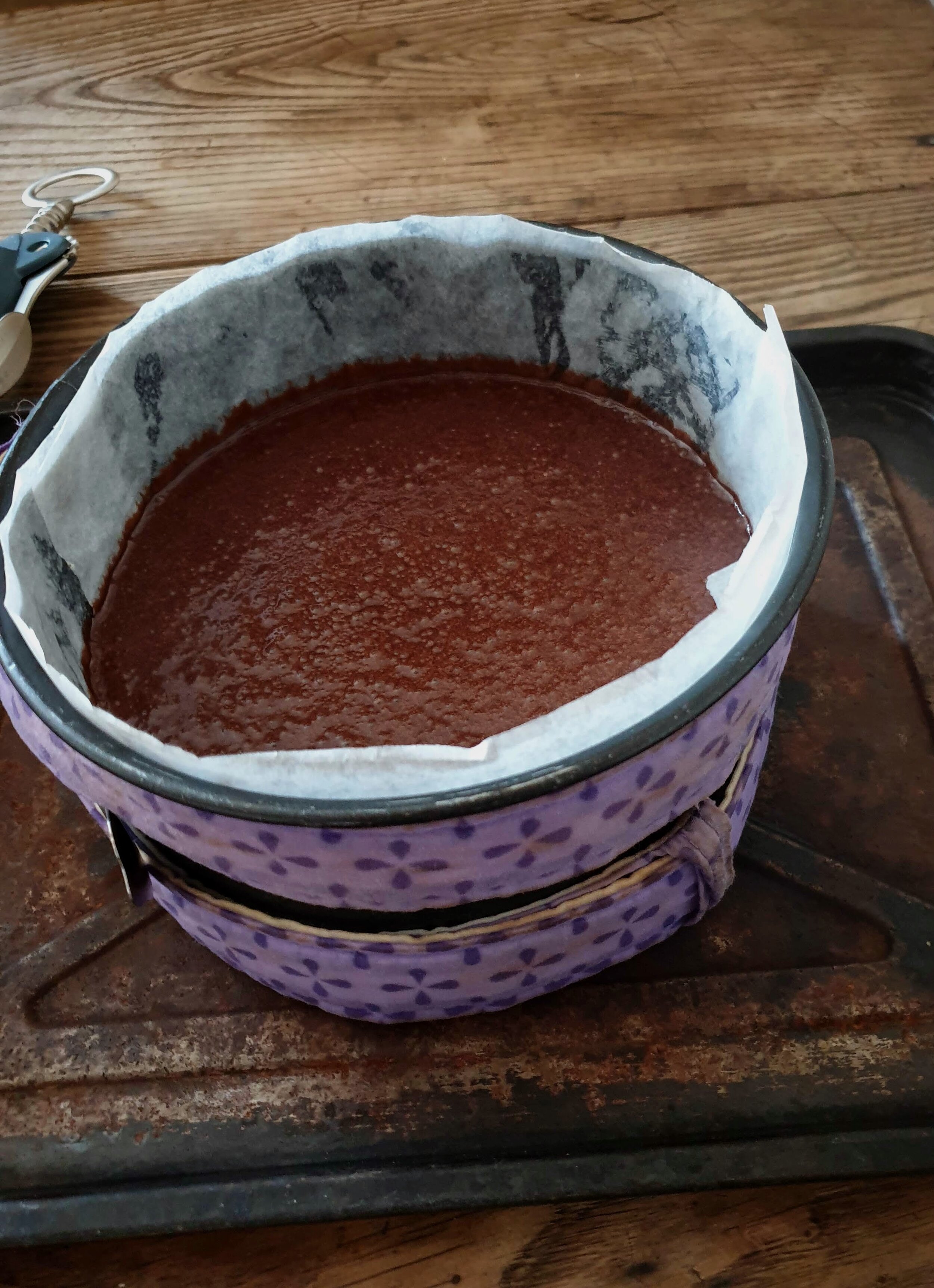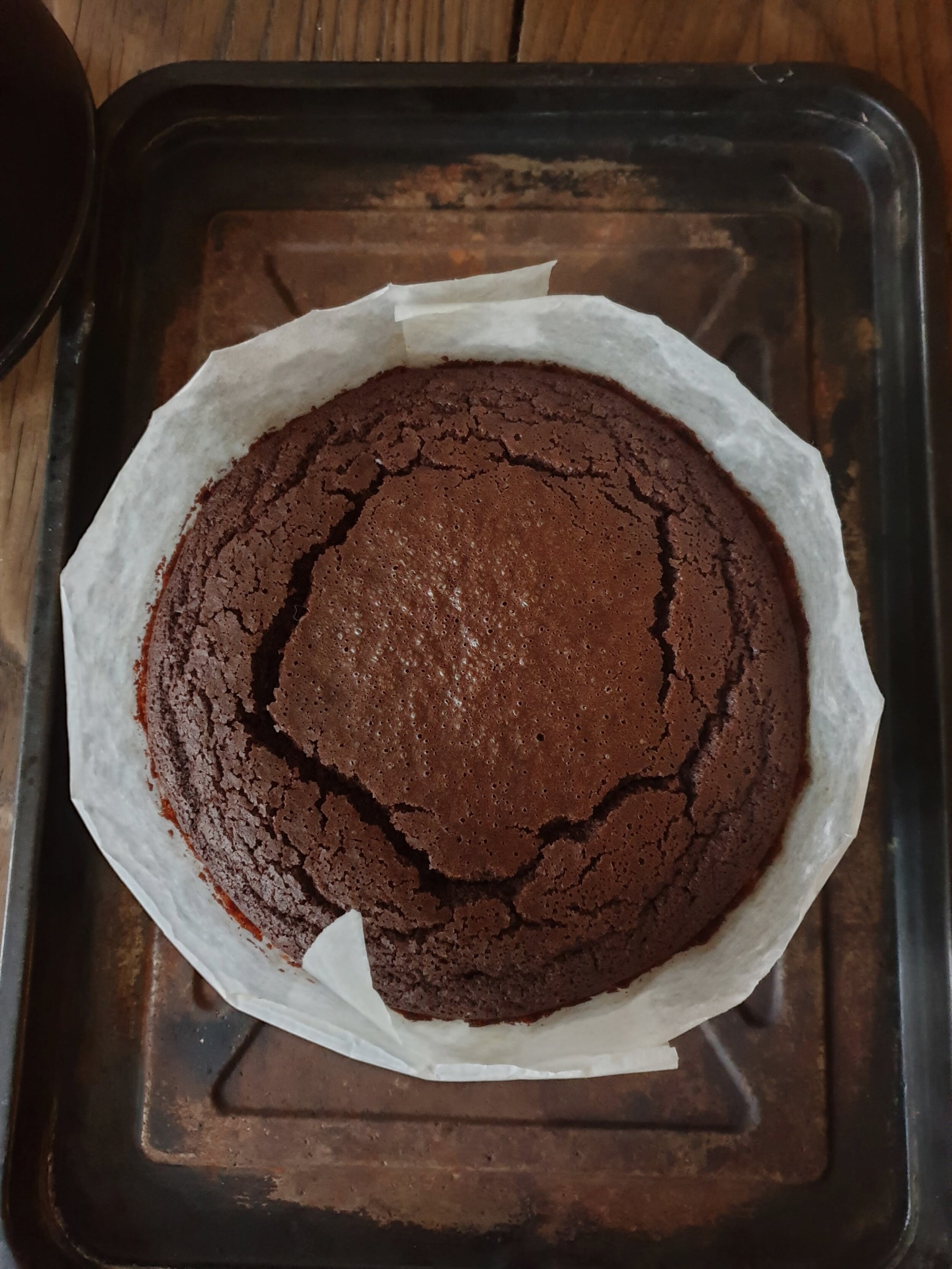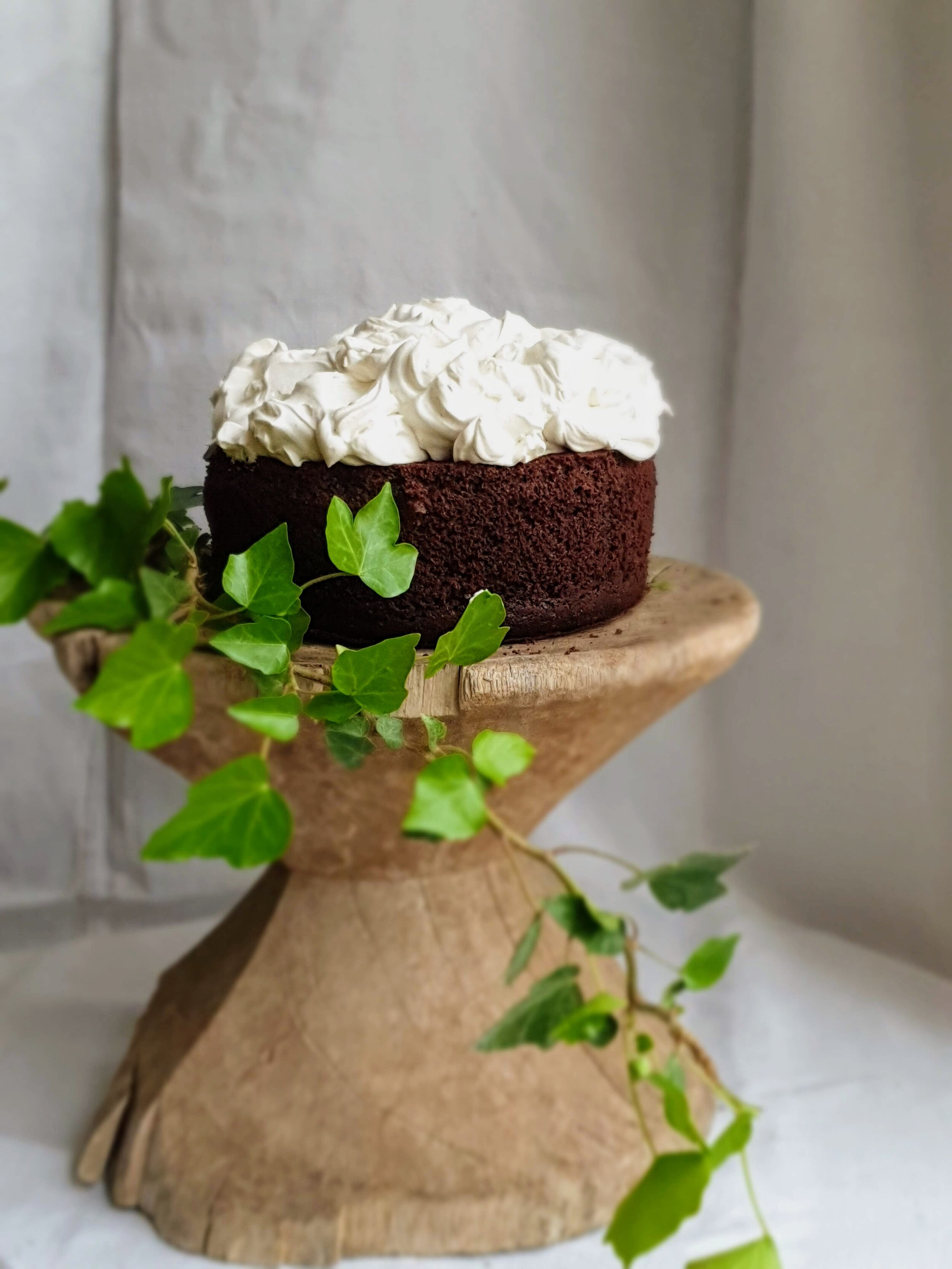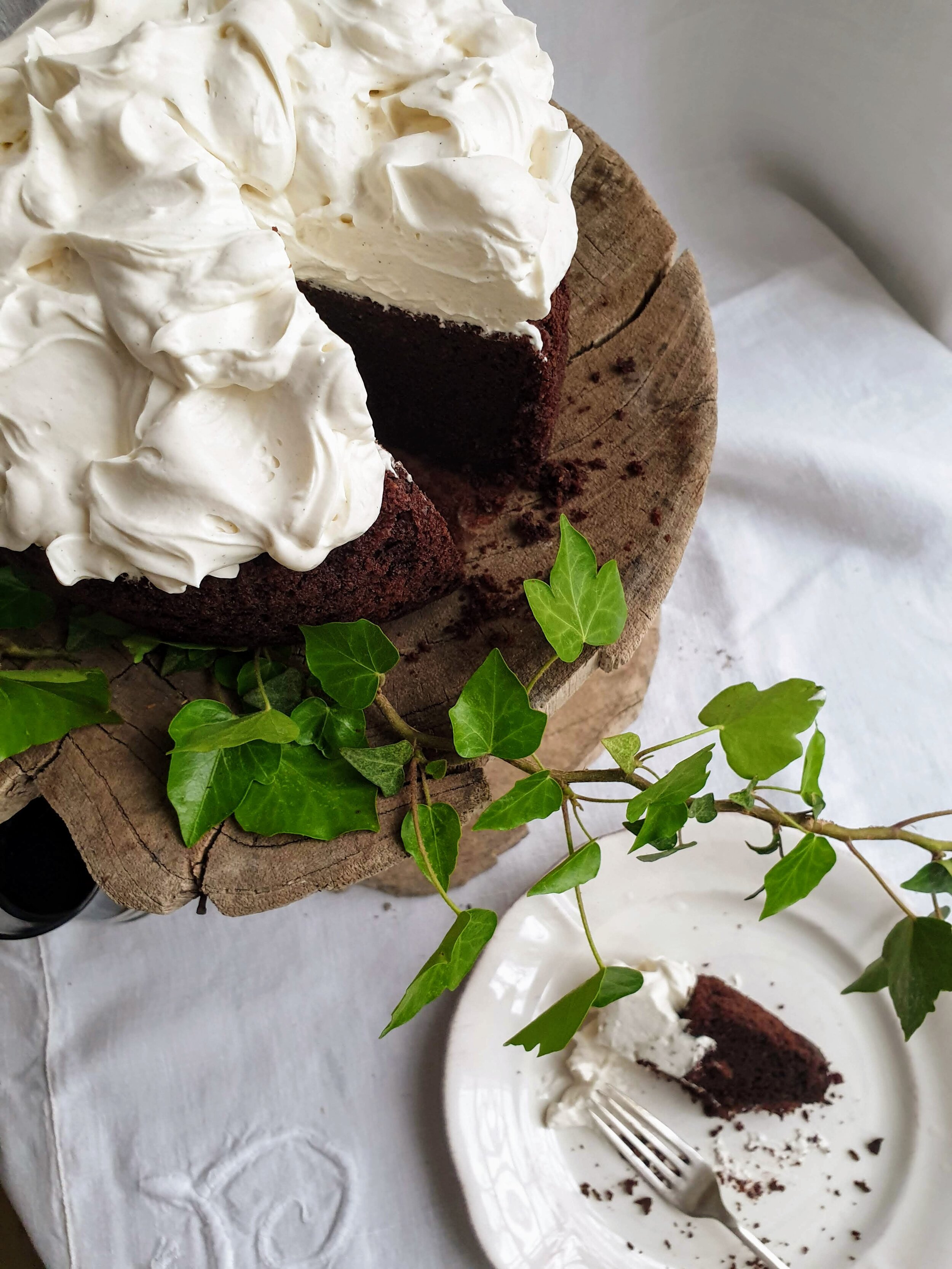Baked Green Asparagus with Guanciale
It’s that time of the year again! Asparagus is now in its best moment, and it will last till the end of May.
Most of the time I like them simply boiled but these tiny, finger size green asparagus are great for baking.
May is when all the fresh, new springtime vegetables come to their best.
Asparagus, along with peas, are the stars of the month. We won’t see them on the farmer’s market stalls for a long time, being their season relatively short. I’m talking about local food, obviously. Now that we can have everything any time, it can be hard to understand what’s really seasonal. So, going to farmers’ markets is an excellent way to learn.
This recipe was perfect for that flimsy, finger-like Green Asparagus. The thin slices of Guanciale gently keep them moist, while its delicate boldness embraces the sweetness of Asparagus.
Ingredients for 4 servings served as a starter or side dish. Double the dose if making the main course
500 gr of thin Green Asparagus
150 grams of thinly sliced Guanciale, if you don’t find it use Smoked Bacon.
One tablespoon of extra-virgin olive oil
Freshly ground black pepper
Directions
Preheat the oven 200° / 400F, set the rack near the top of the oven
Wash the Asparagus and dry them with a towel. Snap the tails; there’s always a point where they will break easily. Don’t throw the ends; you can use them for soup or pasta/ rice recipes.
Line a baking tray with parchment paper.
Wrap 2 Asparagus with the Guanciale or Bacon, lay on the baking tray. Continue till you finish. Drizzle with olive oil and bake till the Guanciale has melted the fat. It will take between 4/6 minutes, depending on the oven and how thin the slices are.
Once ready, sprinkle with good freshly ground black pepper and serve immediately.

